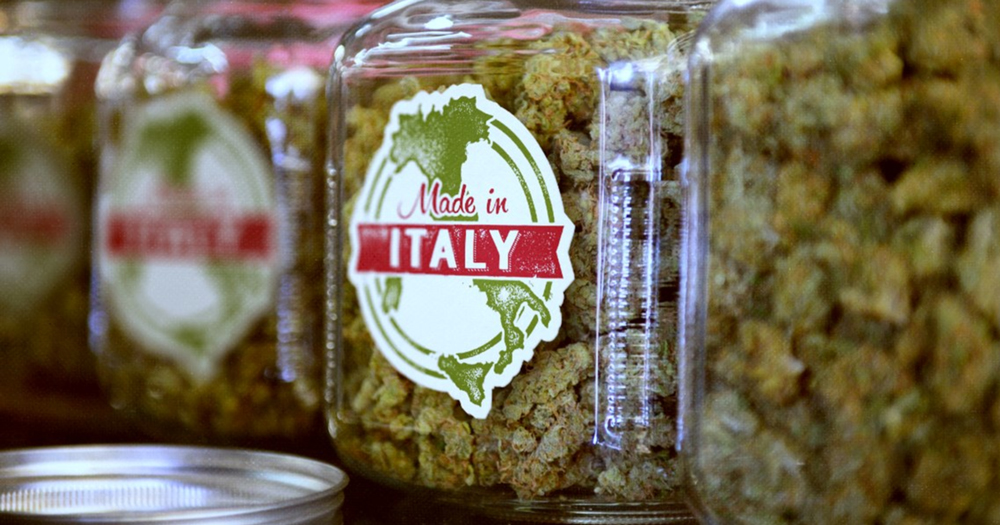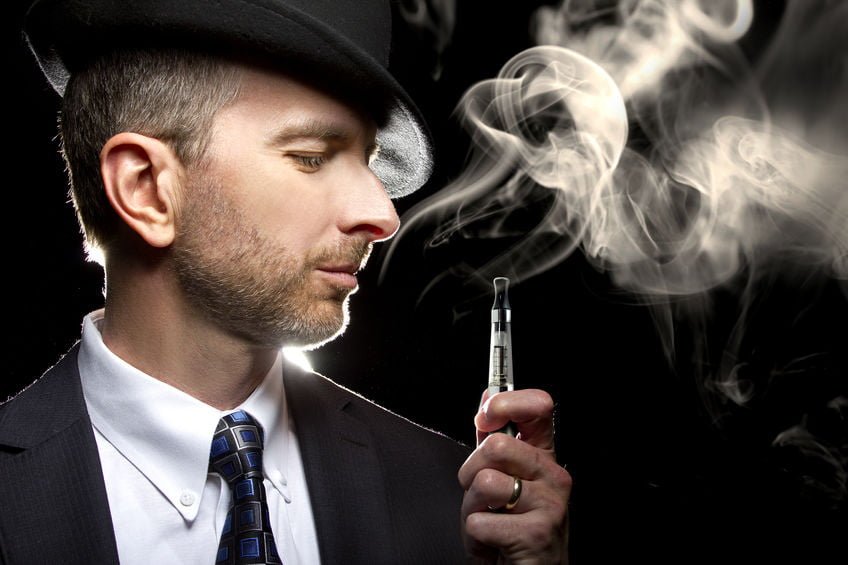Here at flightams.com, we are interested in the developments around the cannabis industry in Europe. It’s no secret that CBD products are becoming a gold mine. We have seen thousands of CBD shops opening up all around Europe in the past year.
So What’s Going on with the CBD Industry in Europe?
There seems to be some confusion around the increase in popularity of CBD products. Are people buying CBD strictly for health benefits? Or are customers consuming the new products in search of a high? Or both?
As the CBD industry gets bigger and bigger, the demand for hemp is increasing at a massive rate. Hemp is a variety of cannabis that is mostly prohibited throughout the world. It’s legal to grow cannabis or hemp in Europe if the tetrahydrocannabinol (THC) levels are low. There are some tough restrictions and guidelines that European hemp farmers must obey to if they wish to work with the law and not end up in court or jail.
Legality of CBD Vs THC
The most important guideline laid out by the authorities in each country is obviously the level of THC that is present in the cultivated plants. THC, as you’re probably aware of, is the active compound that is responsible for the mind-altering effects from smoking or ingesting cannabis. It’s what gives you a “high” or makes you “stoned” and is responsible for the pleasurable effects associated with Marijuana.
THC Regulations by Country
In the USA, the legal limit for THC in hemp plants is 0.3%. So let’s have a look at the legal limits of THC in Europe:
- Switzerland: 1%
- Italy: 0.6%
- Austria: 0.3%
- United Kingdom: 0.2%
- France: 0.2%
- Netherlands: 0.2%
- Germany: 0.2%
- Spain: 0.2%
- The rest: 0.2%
You can see, many countries are sticking to a limit of 0.2% THC, which is a restriction that came into effect in 1999 by the European Union. While countries like France, Germany, and Spain are sticking to the 0.2%, Italy is a notable exception at 0.6%.
This type of Cannabis is now legally on sale in hundreds of shops throughout Italy and online. Hundreds of thousands of jars of a product called Easyjoint Campo de’ Fiori have already been sold. Italian people have started to use the term “easyjoint” to refer to legal cannabis in general. Only a few months after the law changed, the high-CBD, low-THC cannabis is being sold all over Italy.
The “bizarre” loophole in legislation in Italy is allowing sales of what people are calling “Cannabis Light”, products which are booming in Italy. Recreational cannabis is still very much illegal. So it’s a strange situation and people are profiting from it but we ask ourselves:
“How long can this situation continue as it is?”
Can Rome or Milan become a new Amsterdam?
Every cool and touristic area has seen shops selling “Marijuana Light” grow like mushrooms in the past months, there are now shop in places like Monti, Trastevere, Centro Storico. But if you are thinking about canceling your flight to Amsterdam, you might want to have a look at exactly what’s going on with legal cannabis in Italy.
The “Light Weed”, ma che cos’è, is a very famous plant in Italy. It contains two main substances: THC (tetrahydrocannabinol) and CBD (cannabidiol). THC is the product that makes you feel high, the psychotropic one. CBD is the other side of the medal that gives you that relaxing feeling, anti-inflammatory actions and other “good” effects. Just like the full strength strains like Skunk, these products bind onto the receptors CB1 and CB2 receptors in the brain
Now Italy looks to expand medical marijuana sales to all pharmacies and increase production. It went on the market less than a month ago after being launched at a Bologna fair.
But before booking the next flight to Italy, potheads should know that this about so-called “cannabis light”:
“the only highs produced by this legal variety are in the sales figures.”
The website selling the product was receiving an order every 30 seconds and had to be suspended. Shops reported being besieged by a thousand customers an hour, and one outlet had to put up barriers to control the crowds.
The European Industrial Hemp Association (EIHA) has repeatedly called on the European Union to change this regulation to be in accordance with international regulations, which are generally set at 0.3%.
Before 1999, European THC limits for hemp were set at 0.5% for a long time and then 0.3%. The decision to lower them further was based on the work of American plant scientists Ernest Small and Arthur Cronquist.
Swiss Hemp Flowers
Switzerland, with their 1% THC limit, have found themselves at the forefront of a brand new hemp flower industry. Low-THC, high-CBD hemp flowers sold in their raw, dried form have become hugely popular over the last couple of years. The trend has also spread to other European countries, although the quality of flowers suffers somewhat where THC limits are much lower. Italy and Austria, with their respective THC limits of 0.6% and 0.3%, as well as their close proximity to Switzerland, also have burgeoning hemp flower industries.
Italy Introduces New Regulations Around the Production and Sale of Hemp
Italy is currently revising its stance on the growing and selling of hemp, the Italian Ministry of Agricultural, Food and Forestry has published new guidelines and laws for improving the cultivation and the agro-industrial strain of cannabis sativa.
https://www.vice.com/en_us/article/d358gz/i-tested-the-weed-you-can-buy-legally-in-the-uk

